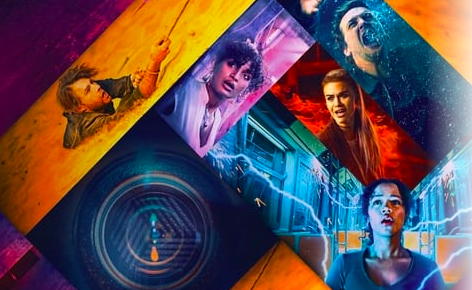The Theatrical Appeal of Ignác Semmelweis, Renegade Scientist
zita kisgergely
The story of Hungarian doctor Ignác (or Ignáz) Semmelweis is one that has been long overdue in the telling. A tragic visionary, the doctor’s name has been in the news in these past few years, as he was the first scientist to suggest invisible bacteria and viruses are responsible for deaths during surgery, and doctors should sanitise their skin before performing operations. Basically, every time you sanitise your hands, you can thank Semmelweis for his insights into how dangerous germs are spread.
Writer/actor Mark Rylance, winner of the 2015 Best Actor Award for his role in Bridge of Spies, decided to get his hands dirty and open up the subject of the doctor’s life at The Bristol Old Vic Theatre, in Bristol England. His musical play—written with Stephen Brown—now running, has been an enormous success. An article by Hungarian news-site Telex reports that his work about Semmelweis—simply entitled Dr. Semmelweis—is currently enjoying a sold out four-week run, with Rylance also in the lead role.
The writers gave themselves a lot to work with, in terms of drama and tragedy. Like many reformers and great thinkers, Semmelweis was far enough ahead of his time that nobody took his greatest theories seriously. Refusing to back down in the face of the academy, and suffering from minor undiagnosed ailments, the great doctor found himself a patient in an insane asylum, where he died — from an infection, ironically — at age 47. When Louis Pasteur proved Semmelweis correct, the term ‘Semmelweis Reflex’, which Wikipedia defines as “a metaphor for a certain type of human behavior characterized by reflex-like rejection of new knowledge because it contradicts entrenched norms, beliefs or paradigms,” was coined. Of course, now it is a given that doctors wash their hands and sterilize equipment. But those notions were soundly rejected on the basis that the infecting agent was not visible to the human eye.
Rylance told Telex of how he discovered Semmelwies’s gripping story: It all started when I came across a book about the life of Semmelweis by Céline (French novelist Louis-Ferdinand Céline). It's a very, very angry book, that painted Semmelweis as a kind of martyr, done in by the medical world he failed to persuade. And then when we started to work on the play, Stephen (Stephen Brown, co-writer of Dr Semmelweis) brought in a book written by an American surgeon called Sherwin B. Nuland, and this was a much more objective historical account. That was where we realised that it wasn't just the authorities who were the problem, but that Semmelweis himself would get very angry and offensive when people didn't understand what he was saying. So these two books were our starting point.
In the extensive interview, he reports that despite the pandemic-influenced short run of the play, there is interest in mounting it for a longer run in London, and, not surprisingly, at the National Theatre in Budapest. How refreshing it would be to see the life of a darkhorse national hero come to life through the eyes of a an Englishman, who rolled up his sleeves and no doubt, washed his hands, before getting to work on what looks to be a dramatic and entertaining telling of Semmelweis’s life.
Semmelweis via Wikipedia Commons
Flatpack Films has many years of experience dedicated to offering expert servicing. It has brought the best of Hungary to countless brands, agencies, and production companies through its unique locations, exceptionally skilled crews, top of the line equipment and technical solutions. Backed by an impeccable track record, Flatpack Films has worked with world-class clients including Samsung, Samsonite, Toyota, Braun, Chivas Regal and many more - bringing their projects to life through a highly bespoke approach.





































